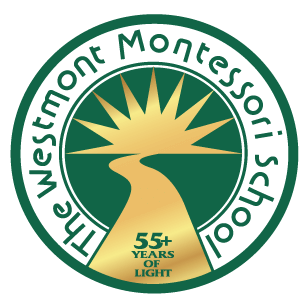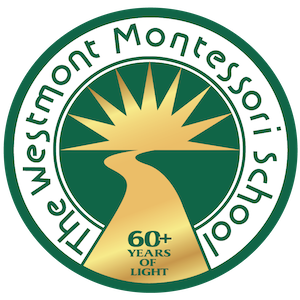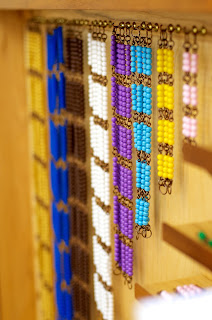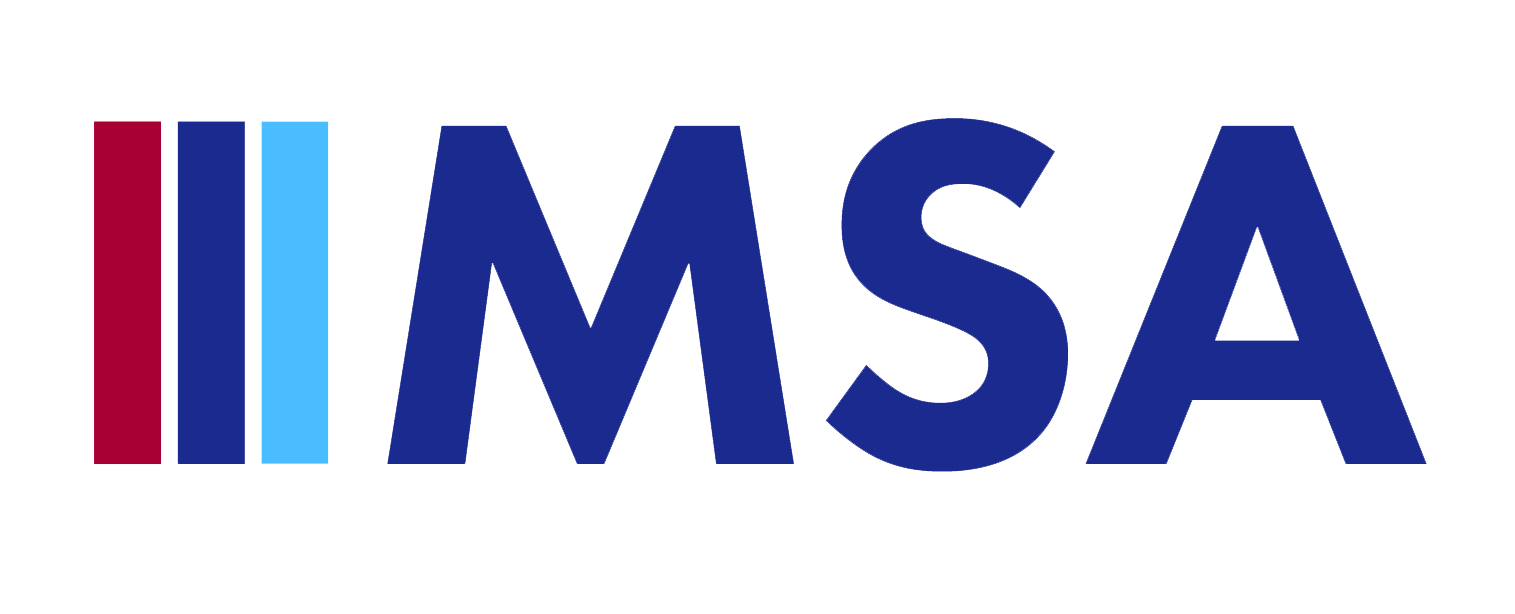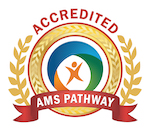What can be more beautiful and appealing than the glistening bead materials—a centerpiece of the Montessori classroom? As with all areas of the classroom, beauty and usefulness coexist in perfect harmony.
The children begin their mathematical journey in the Montessori classroom even before they touch any of the math materials. Children start to build mathematical thinking in the other areas of the classroom (Sensorial, Practical Life and Culture) by using concrete materials to prepare the mind for abstract thinking. For example, children have had the opportunity to experience differences in length, width, weight and volume, build a sense of differentiation and similarity; perform grading work; build concentration; develop their sense of order and one-to-one correspondence; build fine-motor control and coordination to handle the small bead materials; and grow their sense of independence.
Children can now embark on building and honing mathematical concepts using concrete—and visually stimulating—materials in the Math area. Eventually as the child matures and begins to think more abstractly, s/he will rely less and less on the concrete materials, although they will continue to fill the classroom with alluring beauty. Mathematics deals with the study of quantity, shapes and their arrangements. Children learn to recognize quantities and symbols, associate quantities to their respective symbols/numerals and combine and manipulate those quantities/numerals into larger or more complex concepts. Process is taught first, and fluency with math facts come later.
Come see the math materials and learn about works such as: the decimal layout, the stamp game, the short and long chains and more.
Join us at our Open House Social at 10AM on March 19th (at the Westmont Montessori School, 577 Rt. 24 in Mendham (908)879-6355). Children–come ready to have some fun!
#MontessoriMath
#MontessoriEducationWeek
